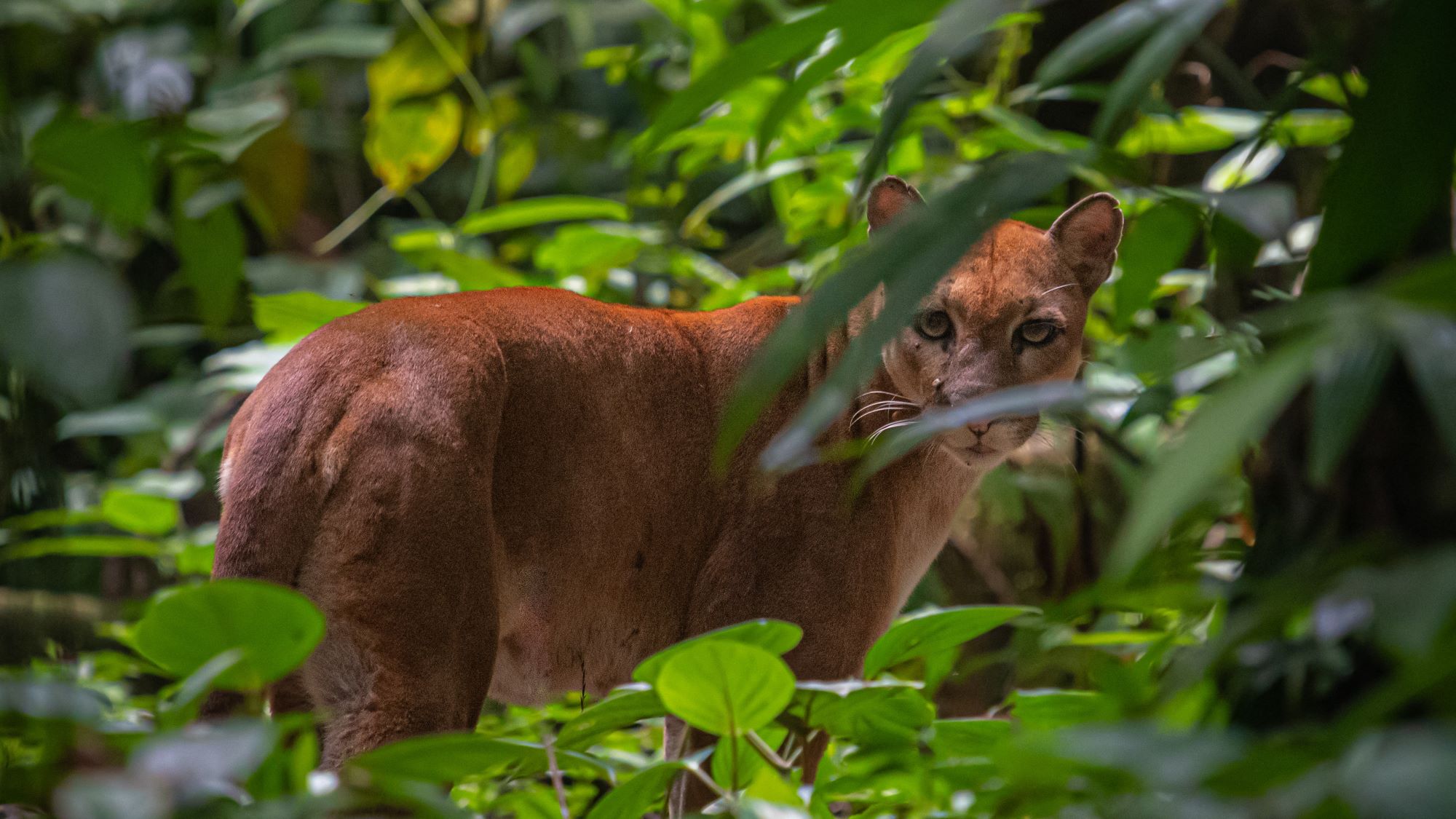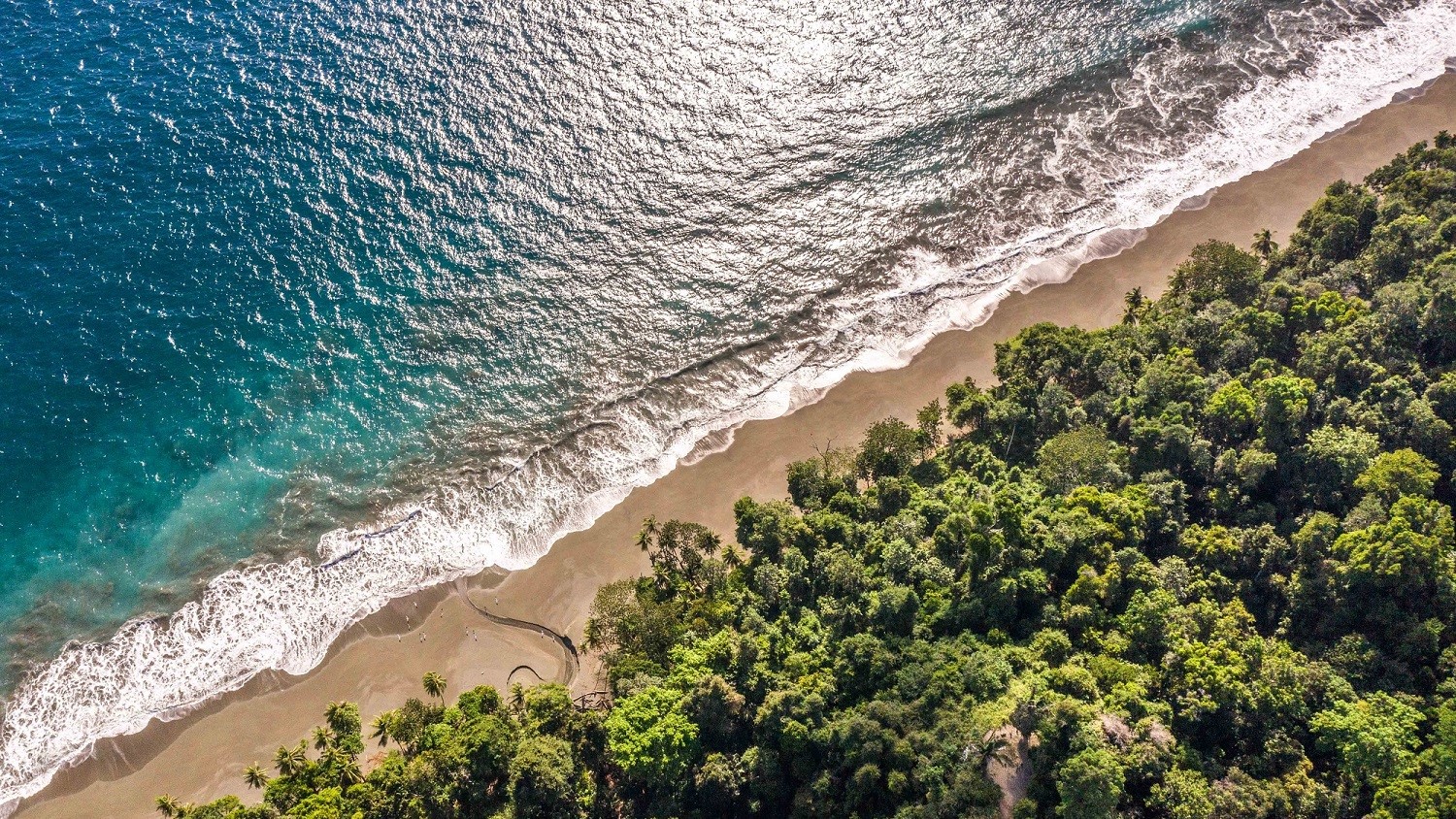Within Costa Rica’s borders are some of the most biodiverse rainforests and ecosystems in the world, with unparalleled opportunities to see diverse wildlife. From vibrant toucans to elusive jaguars, let’s explore how to maximize your wildlife encounters in this natural wonderland.
Before we dive in, I would be remiss if I didn’t say…
Wildlife is meant to be respected, preserved, and appreciated. There are many concerns about humans getting too close to wildlife (even touching and feeding them). Please don’t. In doing this, animals lose some of their “wild” and in worst-case scenarios, begin to rely on humans for food. I hope that the following ideas will bring you close enough so that you can appreciate the beauty and diversity that is found in Costa Rica while maintaining a respectable distance. Part of the allure and mystery of wildlife is, after all, its wildness. Let’s keep it wild!
Visit Wildlife Hotspots.
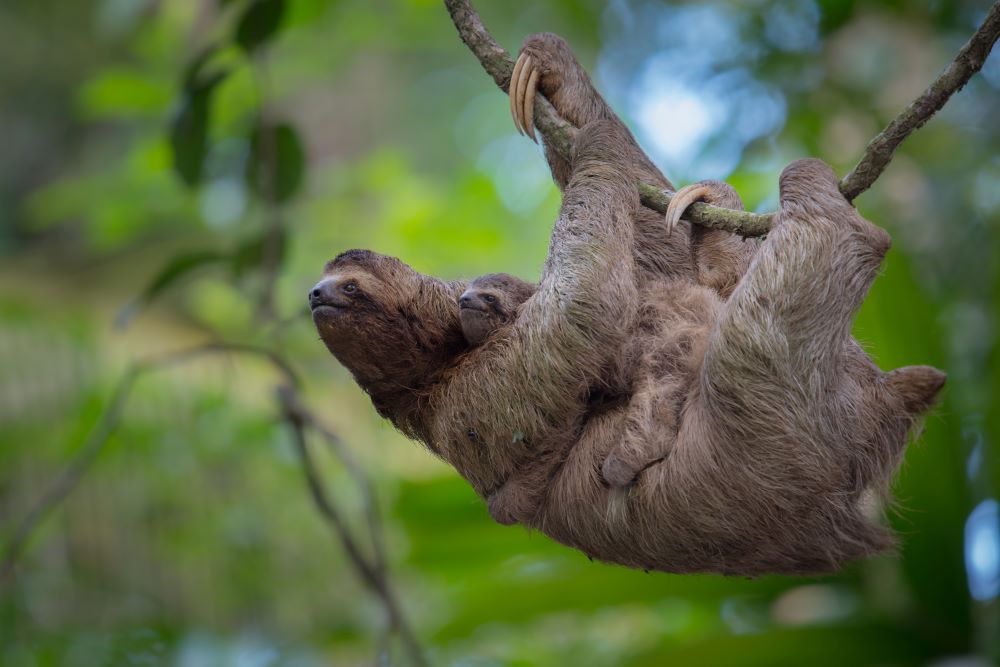
If you want to see wildlife, go to where the wild things are. My number one recommendation if you are on a mission, stay on the Osa Peninsula and visit Corcovado National Park. Wildlife can be explored in a range of ecosystems throughout the country (an interesting exercise in comparing biodiversity by region), but if you want to visit the most biodiverse place in Costa Rica, this is it. Dubbed “the most biologically intense place on Earth” by National Geographic, the Osa Peninsula is home to more than 50% of the country’s plant and animal species. If you can’t make it down or want to pair the Osa Peninsula with other wildlife hotspots, check out our 7 Best Places to See Wildlife in Costa Rica.
Vacation in Rainy Season.
Costa Rica’s Rainy Season begins in May and runs through mid-December. While some people avoid this time of year in favor of the Dry Season, we would encourage you to reconsider, particularly if you have hopes of seeing as much wildlife as possible. In the rainy season, the rainforest comes alive. The rivers swell, the tropical foliage grows lush, and the animals are active! This is the time to see the most wildlife. Additionally, there are fewer travelers to scare animals away – improving your odds of lucky wildlife sightings!
Like any weather, rain can be difficult to predict but the general pattern for Rainy Season in Costa Rica is sunny mornings (great for hiking and exploration), and rainy afternoons (perfect for naps and spa days). Doesn’t sound so bad, does it?
Need some encouragement? View related articles:
- Costa Rica Rainy Season Guide: Why & When To Visit
- Best Time to Visit Costa Rica: What to Expect Month by Month
Seasons Matter.
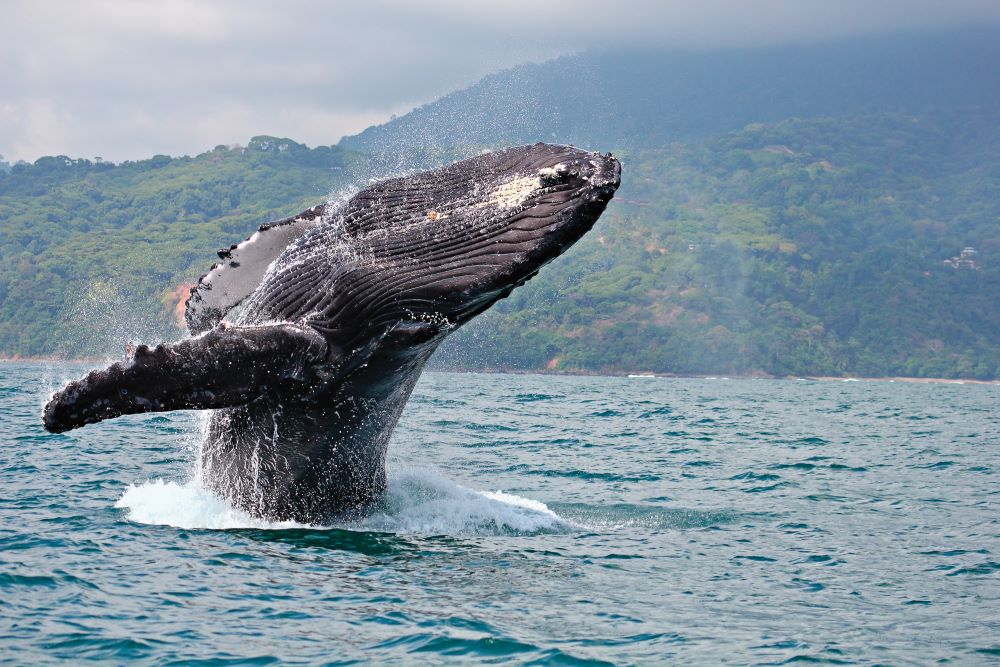
If you are visiting with hopes of seeing a specific animal species, seasons matter. This is the case specifically when it comes to whale watching, sea turtle nesting, and some migratory bird species. If those are high on your wildlife watch list, talk to a Costa Rica Expert about seasonal variations in wildlife activity. Discover the magic of turtle nesting season, optimal months for bird migrations, and when to witness baby animals in their adorable infancy.
Related Articles:
- Costa Rica Whale Watching Tour Guide: Where To Go When
- Best Costa Rica Sea Turtle Nesting Sites: Where To Go When
Get out in the early morning.
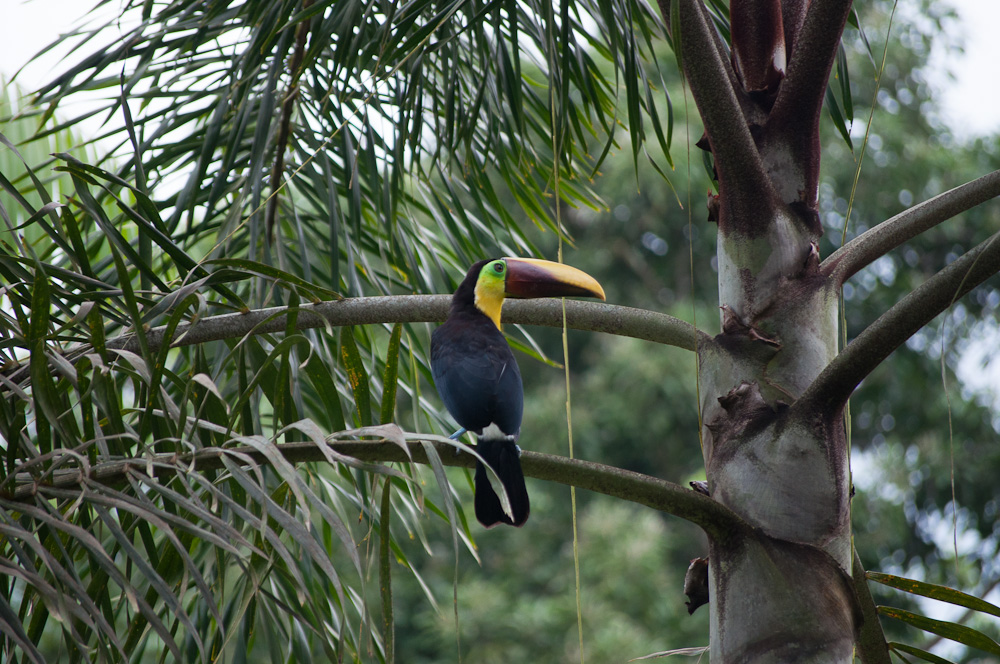
Are you an early riser? I encourage you to be in Costa Rica. The morning is when the rainforest comes to life. It is a prime time for social interactions. The howler monkey males greet each other with guttural hoots and hollers and the birds begin their morning songs. Most birding tours begin quite early in the morning. Many species engage in vocalizations and displays at this time. Being active in the morning also allows animals (and humans) to avoid the hottest parts of the day.
Go with an expert guide.
Exploring the rainforest with an experienced naturalist guide enhances the overall experience. They can share expert knowledge about the flora and fauna, bring you to the best places to see animals, and point out the nuances of the environment that a new visitor might not have noticed. They can share interesting facts, ecological stories, and provide context to the sights and sounds of the rainforest, making the experience educational and engaging. They can ensure a safer experience with their navigational skills and wildlife knowledge. Those navigational skills will also save you time so you can make the most of your vacation.
Make your guided tour private.
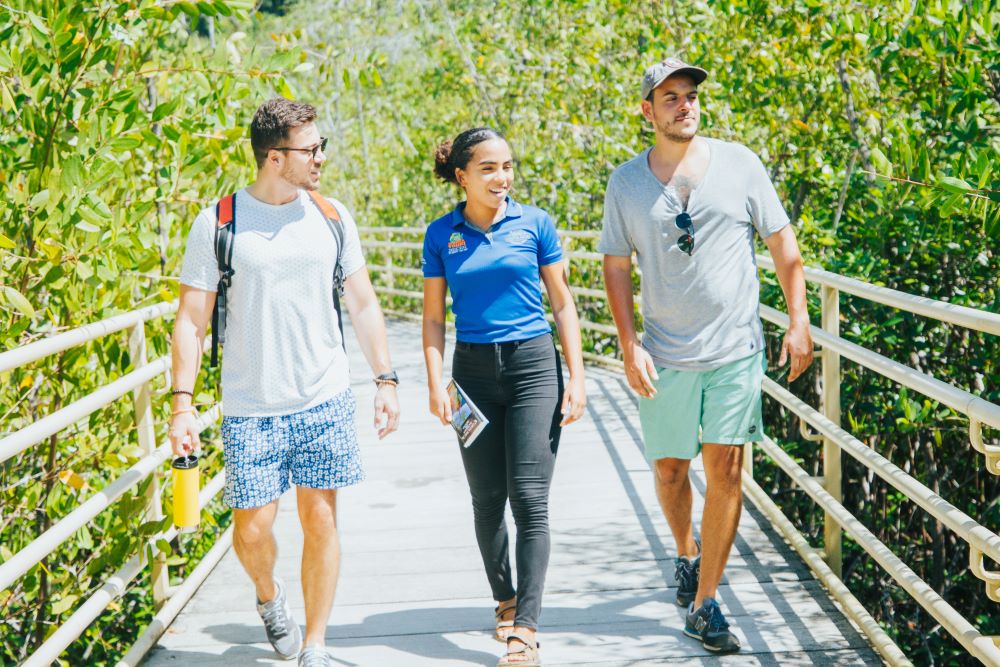
When given the option, private tours are best. They will yield more wildlife sightings as animals won’t be scared off by large groups. Additionally, you can hear and engage with your guide more freely, and therefore take more away from the experience. You will also be able to make the tour what you want it to be. Hoping to see more birds on your hike? Tell the guide upfront. On a mission to see a sloth? Your guide can’t guarantee it, but your odds just improved. Some excursions might allow you to choose your route. You can cover more trail or less – as you prefer! It’s also worth noting the serenity and sounds of the forest when exploring with a small group, a wonderfully tranquil experience!
Be quiet!

Ha, okay. I say this with love. In all seriousness, the reason for many of the above points is so that the animals won’t be scared away. If you are traveling with any beloved travel partners with a gift for gab, I might suggest requesting that everyone try to be quiet in hopes of seeing more animals, in the nicest way possible!


